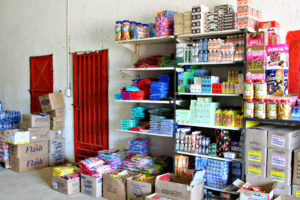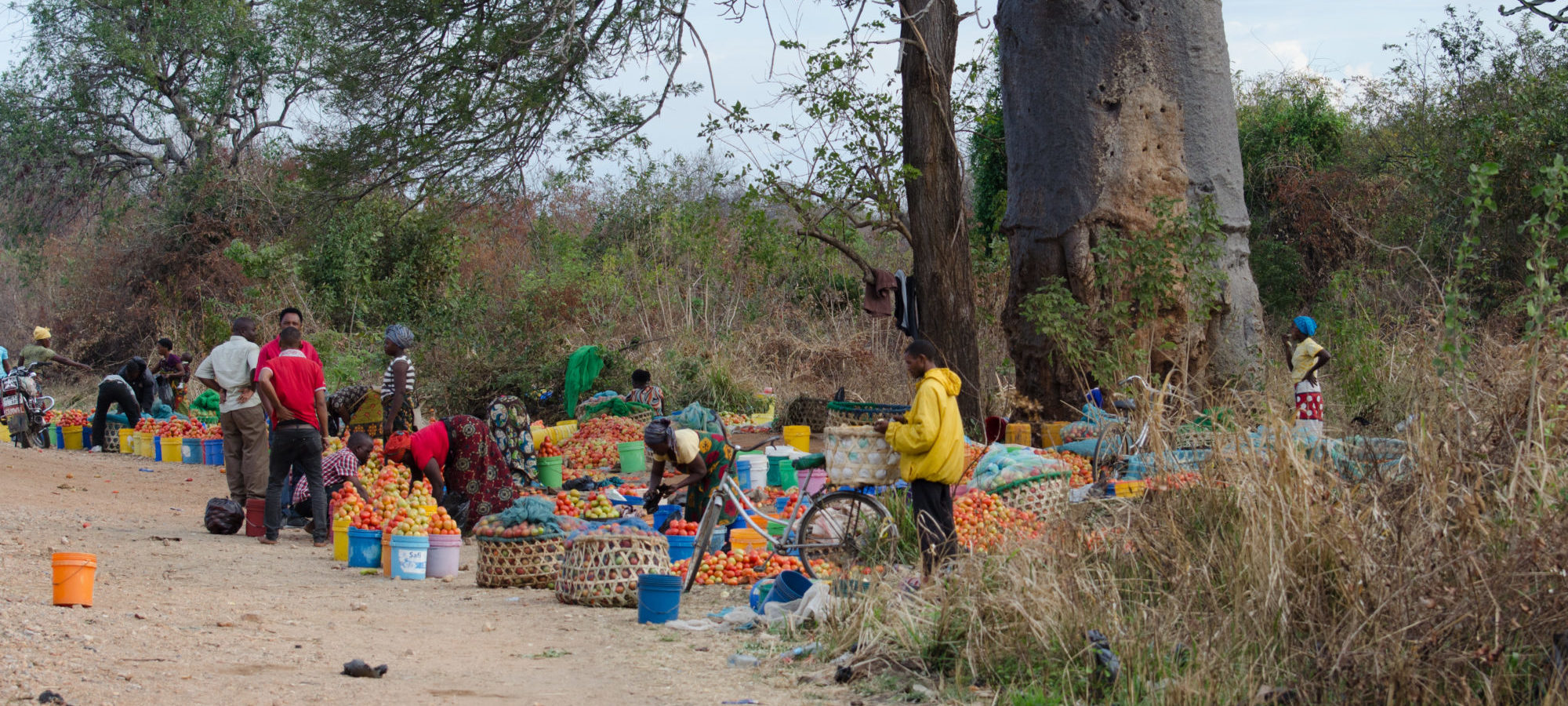
7 things I learned from the MiN field trip and workshop on microinsurance distribution
What if you could simply swipe your card every time you wanted to pay for a minibus taxi ride? That might be more convenient than carrying the right change in cash… But what about if you are automatically insured for the trip you’re about to take, as a result of



















